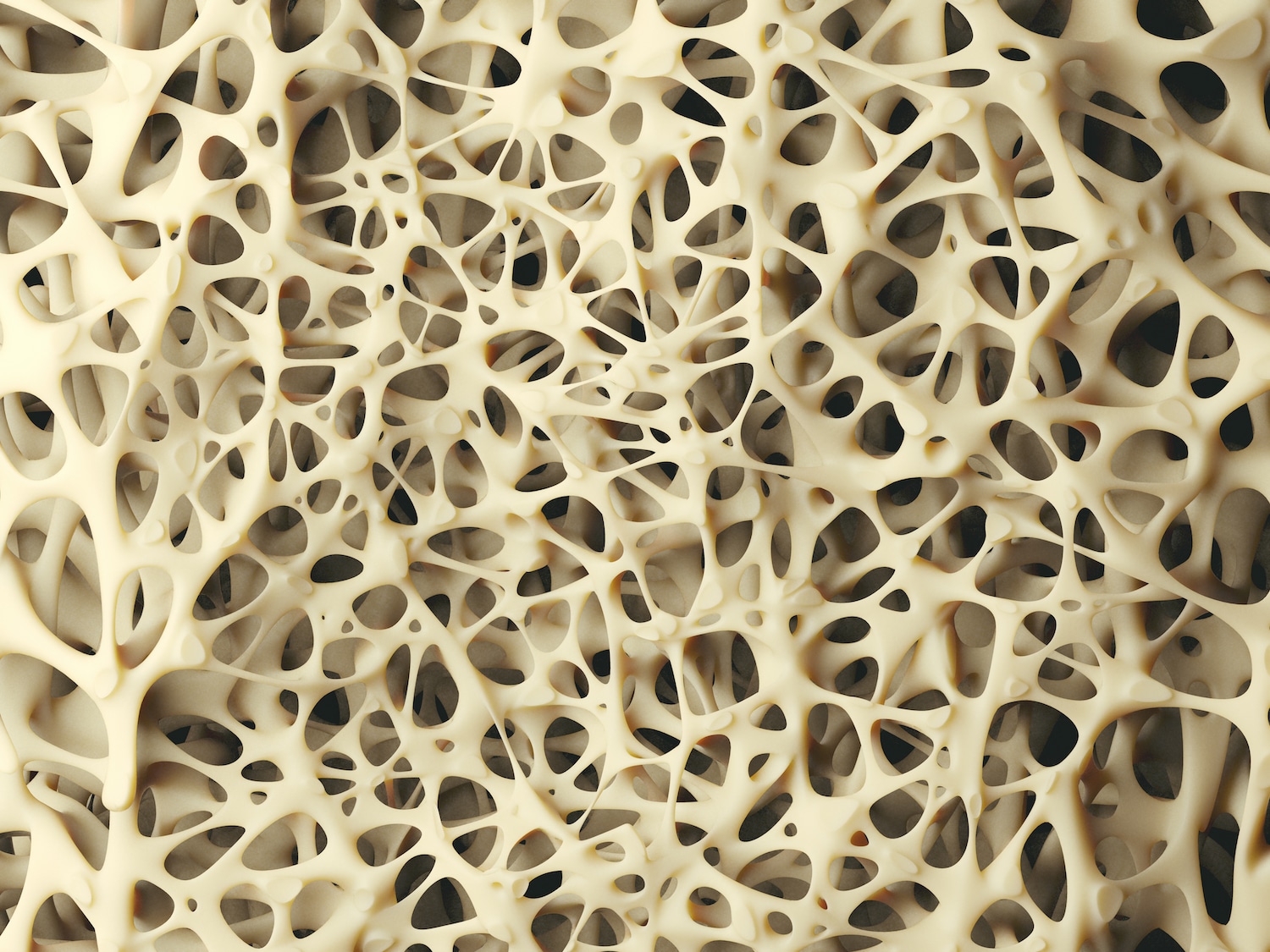While initial designs and techniques of cementless TKR yielded unspectacular results and high early failure rates, subsequent improvements have led to more encouraging results, and implant survival of between 96% and 100% at 10 to 15-year follow-up.1
Furthermore, cemented TKR in younger and more demanding patients have demonstrated poor outcomes in many studies and registries.1 This is an important observation considering that the number of younger patients requiring knee arthroplasty is on the rise, and most patients needing the procedure could soon be under 65 years.1
In cemented TKR, the cement is stiffer than the bone, which causes microscopic failure over time, leading to aseptic loosening.1 By comparison, cementless fixation using porous materials with the same pore size and elasticity as trabecular bone, may help to prevent “a mismatch in stiffness and shear forces at the metal/bone interface, allowing better osteointegration.”1 This may help improve long-term fixation.
In addition, the emergence of robotics, better understanding of personalized implant alignment and faster surgery times have helped stimulate fresh interest in cementless TKR.1
One of the historic barriers to cementless TKR has been higher implant costs compared with cemented TKR. A recent study looking at operating time, implant, cement and cementing accessories suggested that cost should not be a barrier to cementless TKR.1 They found that the total cost of implanting cementless TKR were in fact lower than for cemented TKR.1 These findings have been corroborated by other studies in different countries, with local variations in healthcare costs.1
The authors acknowledge that changing practice takes time, and that more robust mid- to long-term data showing a clear advantage for cementless TKR may be necessary to accelerate this change.1 They note, however, that there is “clearly interest in this area and there is likely to be a dramatic growth in the use of cementless TKR during the next decade.”1


